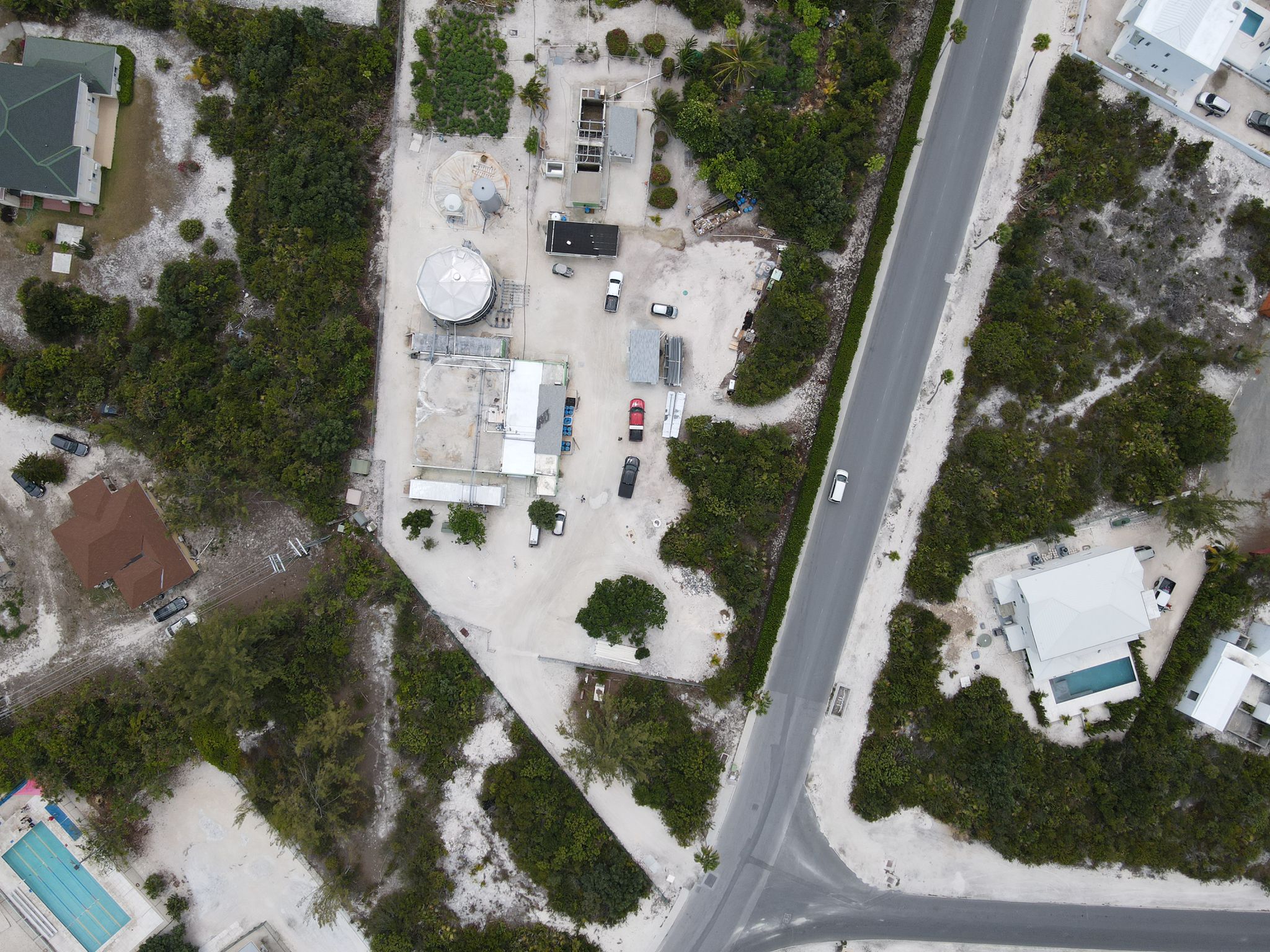In domestic MBR wastewater treatment, replacing clarifiers with membrane processes produces a high-quality effluent on a smaller footprint
A membrane bioreactor (MBR) is an advanced wastewater treatment technology that integrates membrane processes, including microfiltration or ultrafiltration, with a conventional activated sludge process. The MBR system comprises the following components:
- A bioreactor: This is where the wastewater undergoes treatment using the activated sludge process, which is a biological process conducted under aerobic or anaerobic conditions. Microbes present in the activated sludge help to break down and oxidize organic pollutants present in the wastewater.
- Membranes: The MBR system utilizes membranes to separate particles from the liquid component of the wastewater. These membranes function by filtration, clarifying the effluent and ensuring that the discharged liquid meets the required environmental standards for safety.



